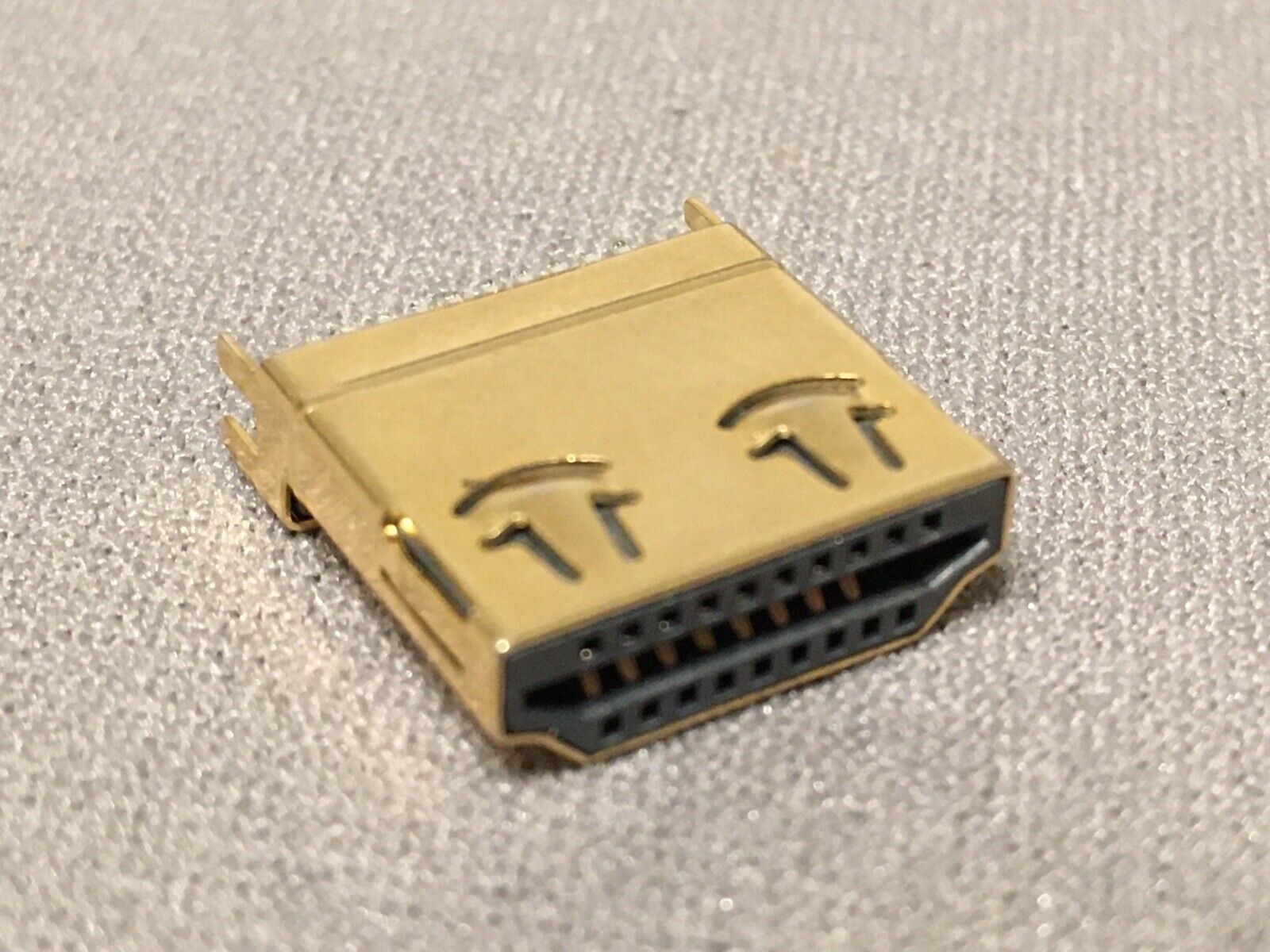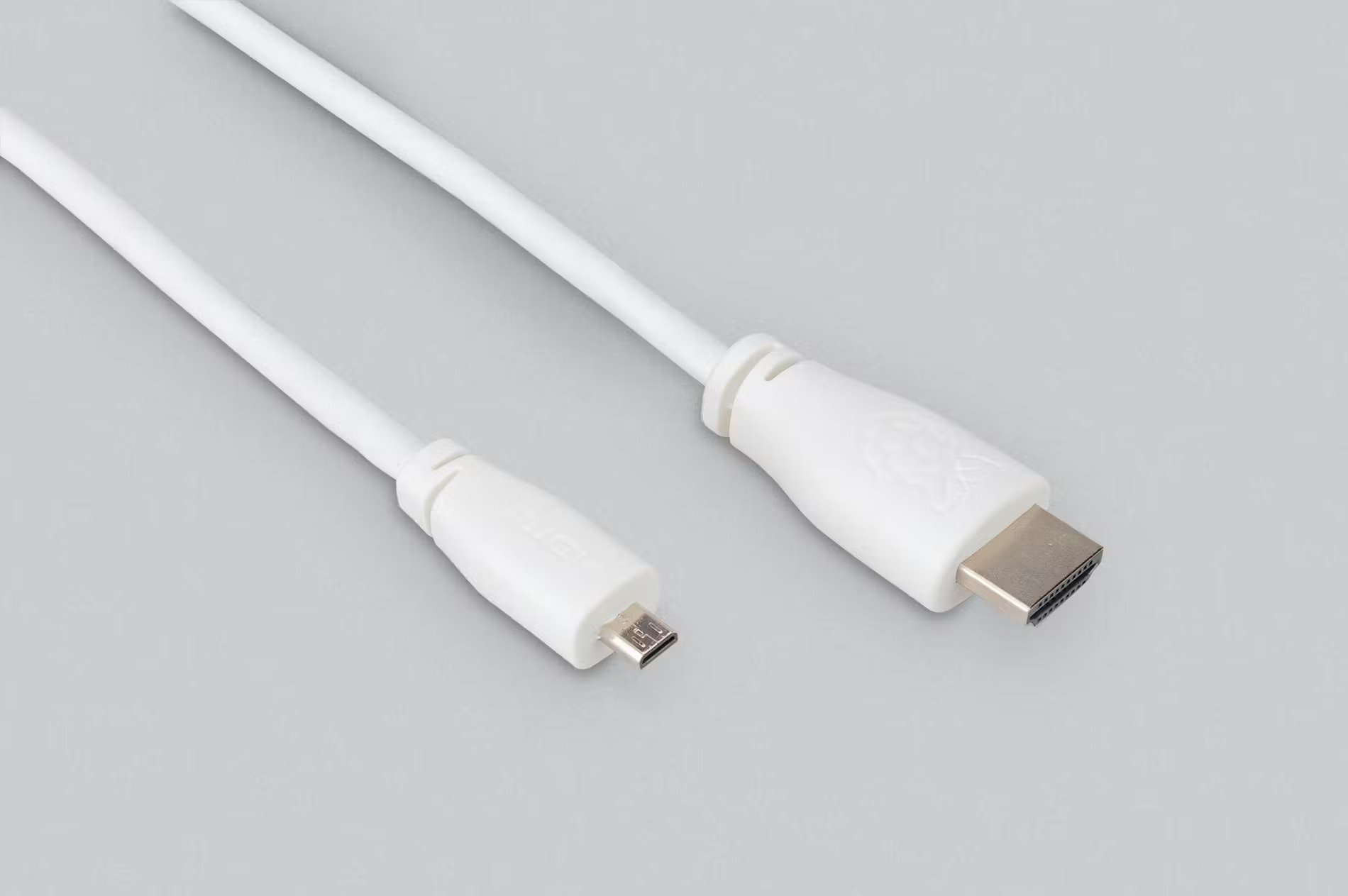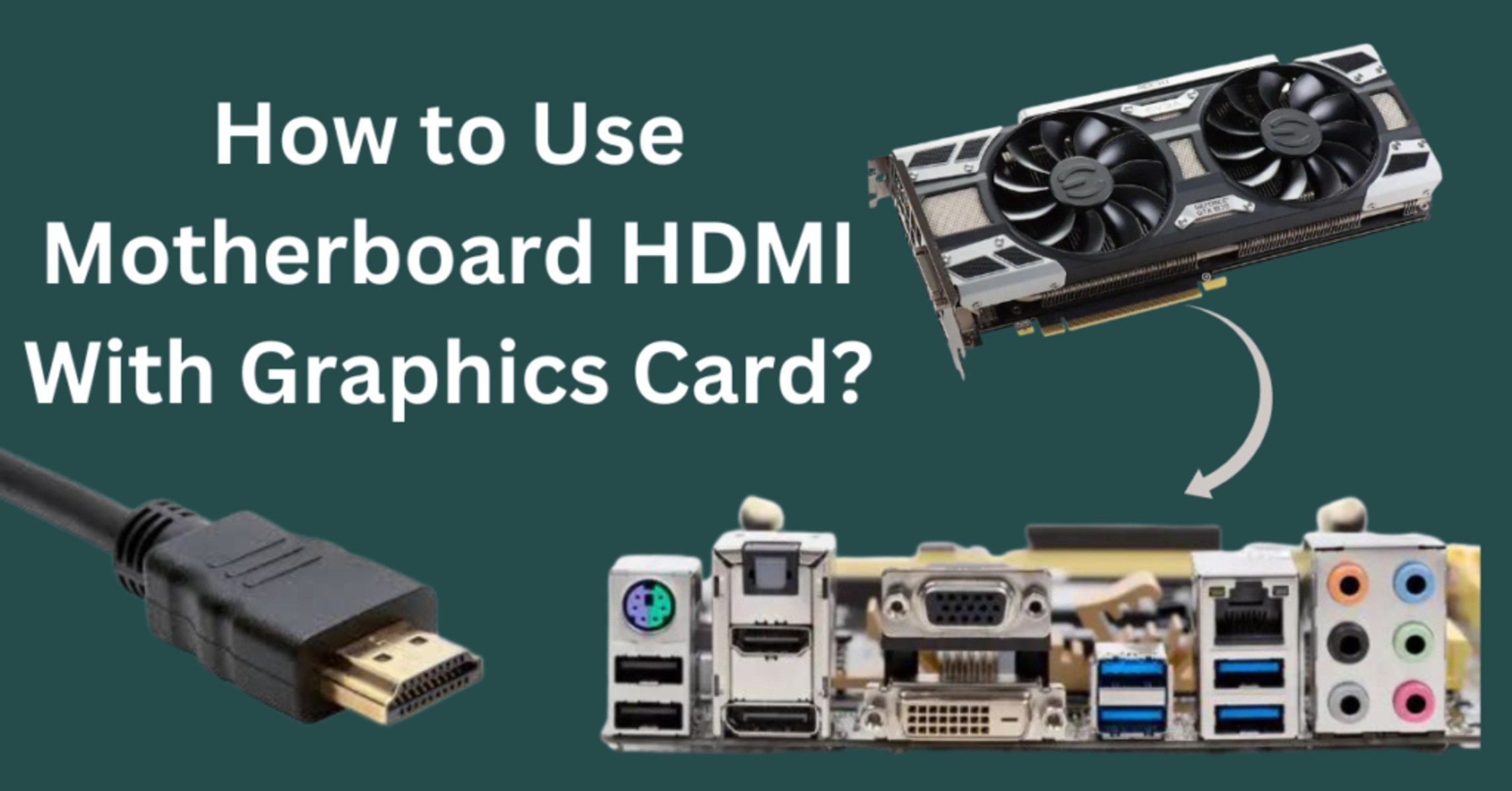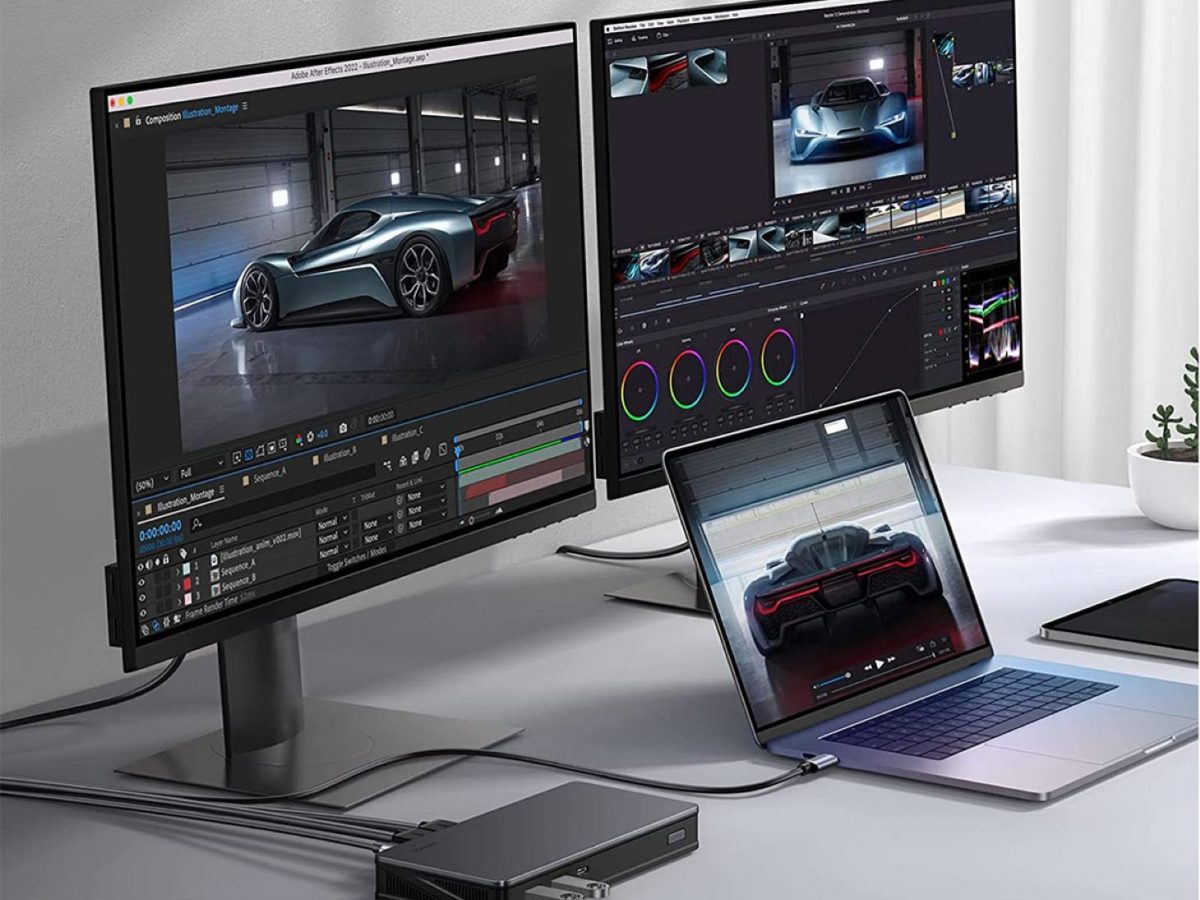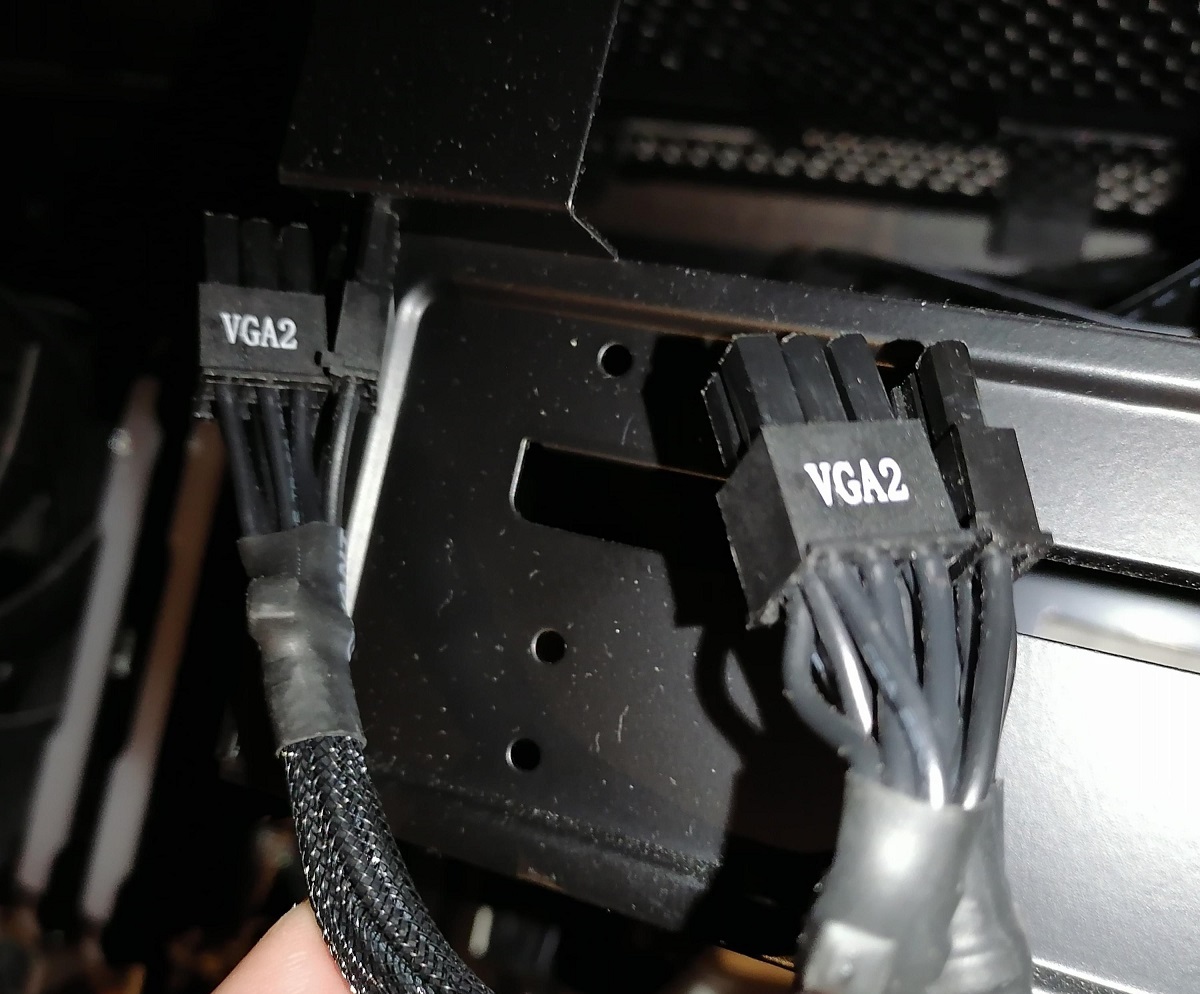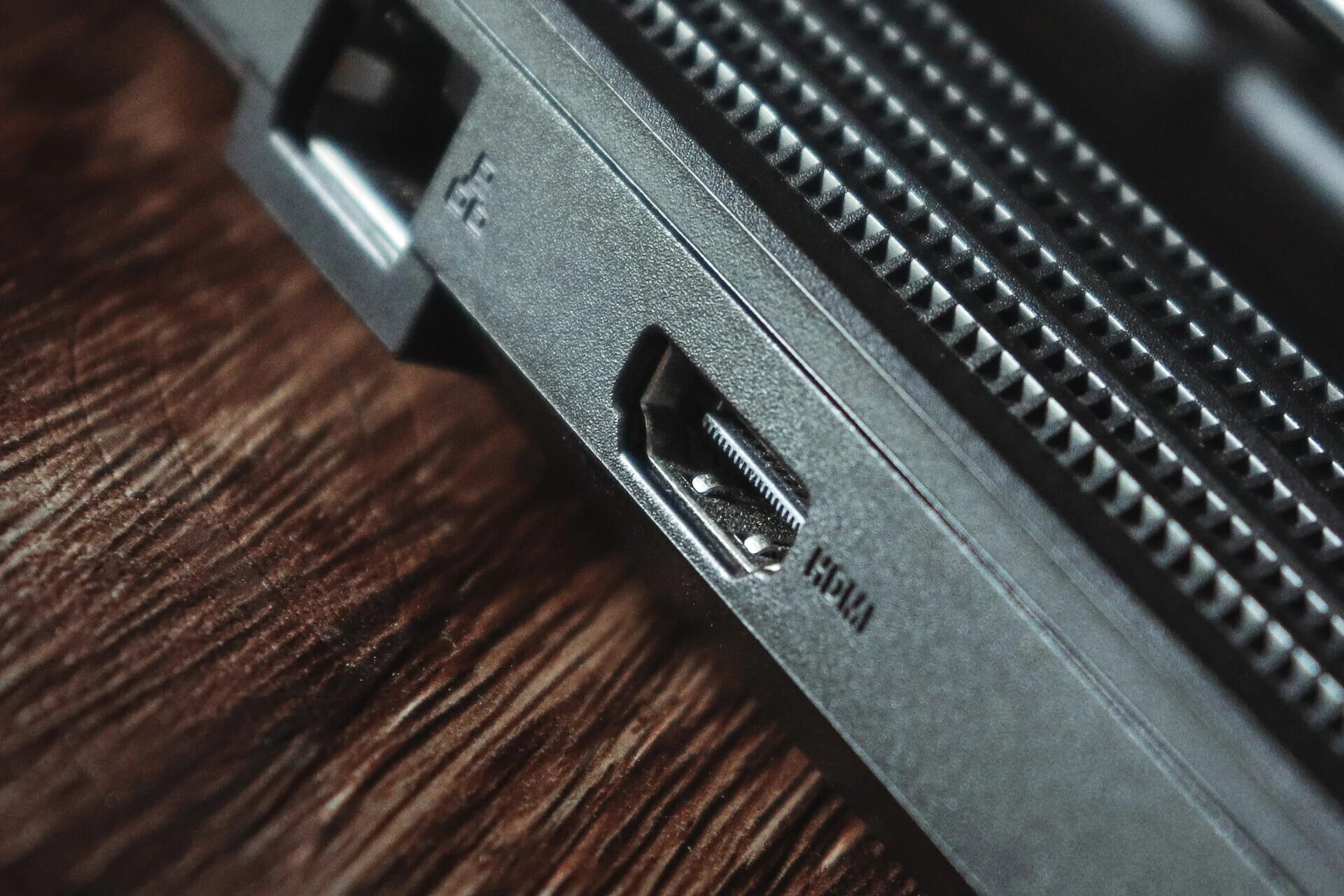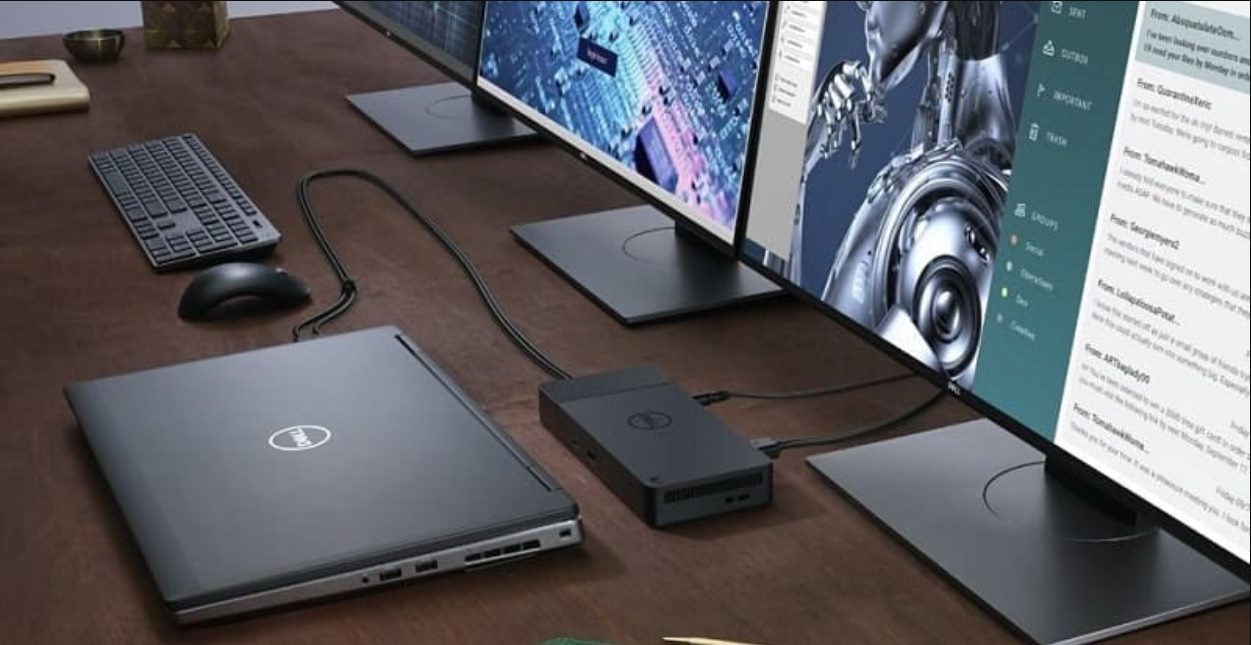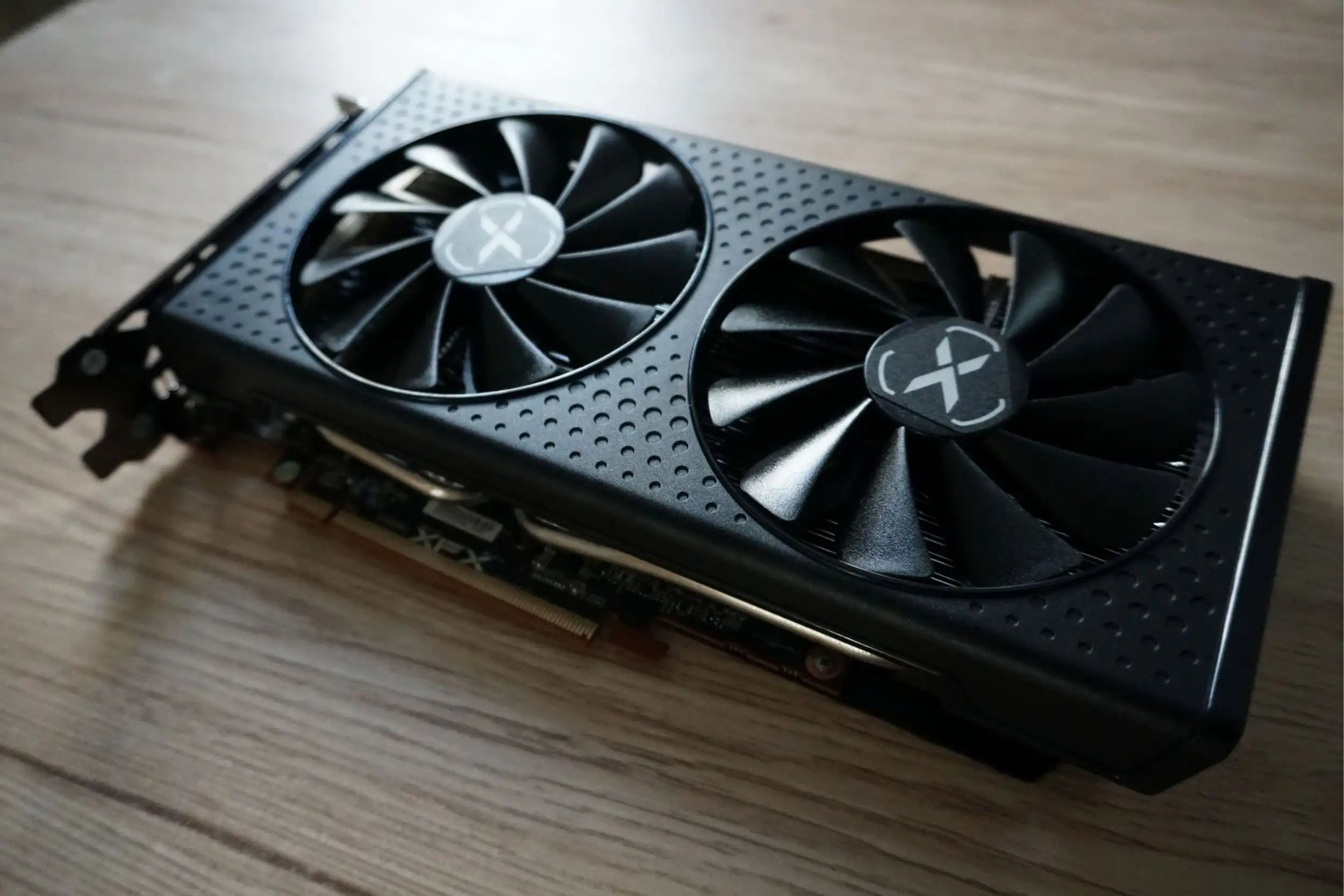Introduction
HDMI (High-Definition Multimedia Interface) is a widely-used audio/video interface that allows the transmission of high-quality uncompressed digital audio and video signals between various devices. It has become the standard connection for most modern audiovisual systems, including TVs, computers, gaming consoles, and home theater systems. With its ability to deliver crystal-clear audio and high-definition video, HDMI has revolutionized the way we experience multimedia content.
Since its introduction in 2002, HDMI has undergone several advancements, leading to the development of various connector types to accommodate different devices and usage scenarios. Each connector type has a specific pin configuration, determining its compatibility and capabilities.
In this article, we will delve into the world of HDMI connectors and explore the different types available. We will also examine the number of pins in each connector type and discuss their functionalities. By the end of this article, you will have a better understanding of how HDMI connectors work and their importance in maintaining high-quality audio and video transmission.
What is HDMI?
HDMI, which stands for High-Definition Multimedia Interface, is a digital audio/video interface used for transmitting high-quality uncompressed audio and video signals between devices. It was first introduced in 2002 and quickly became the standard connection for connecting various electronics, including televisions, computers, gaming consoles, and home theater systems.
HDMI has revolutionized the way we enjoy multimedia content by providing a single cable solution for transmitting both audio and video signals with excellent quality. Unlike older analog connections, such as composite or component cables, HDMI uses a digital signal, resulting in a significantly clearer and sharper image. Additionally, it supports various audio formats, including Dolby TrueHD and DTS-HD Master Audio, delivering immersive sound experiences.
One of the key advantages of HDMI is its ability to transmit both audio and video signals through a single cable. This eliminates the need for multiple cables and simplifies the connection process. HDMI cables are also backward compatible, meaning they can support older devices with HDMI ports, ensuring compatibility across different generations of electronics.
HDMI has evolved over the years to keep up with the advancements in audiovisual technology. The latest version of HDMI, HDMI 2.1, supports higher resolutions, including 4K and 8K, as well as features like Variable Refresh Rate (VRR) and Auto Low Latency Mode (ALLM), which improve gaming experiences and video playback.
Overall, HDMI has become an essential technology for connecting and enjoying audio and video content in high-definition. Its prevalence in modern devices and seamless integration make it a go-to choice for home entertainment systems, offices, and various multimedia setups. Understanding the different types of HDMI connectors and their capabilities is crucial for ensuring compatibility and optimizing the audiovisual experience.
Overview of HDMI Connectors
HDMI connectors come in various types, each designed for specific devices and usage scenarios. These connectors are where the HDMI cable plugs into the device, establishing a connection for transmitting audio and video signals. Understanding the different types of HDMI connectors is essential for ensuring compatibility between devices and achieving optimal performance.
The most common HDMI connector types include Type A, Type B, Type C, Type D, and Type E. Each connector type has a distinct physical size and pin configuration, allowing it to fit into corresponding ports on devices.
The Type A HDMI connector is the most widely used and features 19 pins. It is the standard connector found in devices such as TVs, projectors, and AV receivers. Type A connectors are capable of supporting high-definition video resolutions up to 1080p and audio formats like Dolby TrueHD and DTS-HD Master Audio.
Type B HDMI connectors, on the other hand, have 29 pins and are designed to support higher resolutions such as 4K and 8K. However, Type B connectors are not as commonly used as Type A connectors due to their larger physical size.
If you have encountered smaller devices like tablets, smartphones, or digital cameras, you may have come across Type C, Type D, or Type E HDMI connectors. These are mini or micro HDMI connectors designed for compact and portable devices. Type C HDMI connectors, also known as mini HDMI connectors, have 19 pins and are commonly found in cameras and tablets. Type D connectors, also known as micro HDMI connectors, are even smaller and feature 19 pins as well. They are used in devices like smartphones and small digital cameras. Type E HDMI connectors are rare and have been deprecated.
It’s important to note that while the physical connectors may vary, the underlying technology and signal transmission remain the same across all HDMI connector types. Devices with different HDMI connector types can still be connected using appropriate adapters or cables.
Next, we will explore the pin configuration of each HDMI connector type and delve into the functionalities provided by these pins. Understanding the pin layout is crucial for troubleshooting connectivity issues and ensuring proper signal transmission between devices.
Types of HDMI Connectors
HDMI connectors come in various types, each designed to cater to different devices and usage scenarios. Let’s take a closer look at the different types of HDMI connectors available:
1. HDMI Type A Connector: The Type A HDMI connector is the standard and most commonly used connector type. It features 19 pins and is found in devices such as televisions, projectors, and AV receivers. Type A connectors are capable of supporting high-definition video resolutions up to 1080p and audio formats like Dolby TrueHD and DTS-HD Master Audio.
2. HDMI Type B Connector: The Type B HDMI connector is less commonly used and features 29 pins. It is designed to support higher video resolutions, including 4K and 8K. However, due to its larger physical size, Type B connectors are not as prevalent in consumer electronics.
3. HDMI Type C Connector: The Type C HDMI connector, also known as Mini HDMI, is a smaller version of the Type A connector. It features 19 pins and is commonly found in smaller devices such as cameras, camcorders, and tablets. Adapters are available to convert Type C connectors to Type A for compatibility with standard HDMI ports.
4. HDMI Type D Connector: The Type D HDMI connector, also known as Micro HDMI, is even smaller than the Type C connector. It features 19 pins and is commonly found in smartphones, small digital cameras, and some tablets. Adapters are also available to convert Type D connectors to Type A for compatibility with standard HDMI ports.
5. HDMI Type E Connector: The Type E HDMI connector is a rare and deprecated connector type. It features a larger form factor and 29 pins. It was primarily used for automotive applications, but it has been phased out in favor of other connector types.
These different types of HDMI connectors offer flexibility and compatibility for various devices and usage scenarios. It is important to identify the type of HDMI connector required for your specific device to ensure seamless connectivity and optimal signal transmission. Additionally, adapters and cables are available to bridge the gap between different HDMI connector types, allowing for interconnectivity between devices with different connectors.
Next, let’s explore the pin configuration of HDMI connectors and understand how the pins contribute to the transmission of audio and video signals.
HDMI Type A Connector
The HDMI Type A connector is the standard and most commonly used connector type in the HDMI family. It features 19 pins and is widely found in devices such as televisions, projectors, AV receivers, and Blu-ray players. The Type A connector provides a reliable and high-quality connection for transmitting audio and video signals.
With its 19 pins, the Type A connector supports a variety of audio and video formats, including high-definition video resolutions up to 1080p and audio formats like Dolby TrueHD and DTS-HD Master Audio. This makes it suitable for delivering immersive multimedia experiences with stunning visuals and high-fidelity sound.
The Type A connector is designed for full-size HDMI ports, which are typically found on larger devices like televisions and home theater systems. It is a robust and versatile connector that can handle the demands of transmitting high-bandwidth digital signals without degradation in quality.
To establish a connection with a Type A HDMI connector, simply insert the connector into the HDMI port on your device. The connector will fit securely and ensure a stable connection throughout the audio and video transmission process. It is important to note that the Type A connector is not reversible, meaning it can only be inserted one way into the HDMI port.
One of the advantages of the Type A connector is its compatibility with other HDMI connector types. If you have a device with a different HDMI connector, adapters and cables are available to convert from Type C, Type D, or other connector types to Type A. This allows for seamless connectivity between devices with different HDMI connectors.
In summary, the HDMI Type A connector is the standard and most commonly used connector type in the HDMI family. With its 19 pins, it supports high-definition video resolutions and delivers high-quality audio formats. Its wide compatibility and robust design make it a reliable choice for connecting various devices in home theater setups, gaming systems, and multimedia entertainment environments.
HDMI Type B Connector
The HDMI Type B connector is a less commonly used connector type in the HDMI family. It features 29 pins, which is more than the 19 pins found in the standard Type A connector. The Type B connector is designed to support higher video resolutions, including 4K and 8K.
Due to its larger physical size and the need for devices that specifically support it, the Type B connector is not as prevalent in consumer electronics compared to the Type A connector. Its larger form factor allows for the additional pins needed to handle the increased data bandwidth required for higher resolutions.
The Type B connector is backward compatible with the Type A connector as it has the same pin layout until its additional pins. This means that a Type B connector can be plugged into a Type A port, but the extra pins for higher resolution support will not be utilized in that case.
To connect devices with a Type B connector, an HDMI cable with a Type B connector on one end and a compatible port on the other end is needed. These cables are less common and can be more expensive than standard HDMI cables with Type A connectors.
It’s important to note that HDMI 2.0 and later versions are backward compatible with previous HDMI versions, meaning if a device has a Type B connector, it will still work with devices that have Type A connectors.
In recent years, the industry has shifted focus towards HDMI 2.1, which introduces enhanced features and capabilities. HDMI 2.1 includes support for higher resolutions, increased refresh rates, and additional features like Dynamic HDR, eARC (Enhanced Audio Return Channel), and Variable Refresh Rate (VRR). Though HDMI 2.1 supports these advancements, the Type B connector is not required for HDMI 2.1 compatibility.
In summary, the HDMI Type B connector is designed to support higher resolutions, including 4K and 8K. While it is less commonly used due to its larger physical size, devices with Type B connectors can still communicate with devices that have the more common Type A connectors. HDMI 2.1, with its enhanced features, does not require the Type B connector specifically.
HDMI Type C Connector
The HDMI Type C connector, also known as Mini HDMI, is a smaller version of the standard Type A connector. It features a compact size and is commonly found in smaller devices such as digital cameras, camcorders, tablets, and some laptops.
The Type C connector retains the 19-pin configuration of the Type A connector but with a smaller physical form factor. This allows it to fit into the limited space available on portable devices without compromising the ability to transmit high-quality audio and video signals.
To establish a connection using the Type C connector, you will need an HDMI cable with a Type C connector on one end and a compatible HDMI port on the other end. With the increasing popularity of portable devices, such as smartphones and tablets, many manufacturers include Type C HDMI ports on their devices to enable easy connectivity to external displays or TVs.
It is important to note that Type C HDMI connectors are not as common as Type A connectors, so you may need an adapter or a specialized cable to connect Type C devices to Type A ports found on most televisions or other display devices. These adapters or cables can convert a Type C connector to a Type A connector, ensuring compatibility and seamless connectivity.
The Type C connector supports the same audio and video formats as the Type A connector, including high-definition video resolutions up to 1080p and various audio formats such as Dolby TrueHD and DTS-HD Master Audio. This makes it suitable for transmitting high-quality audio and video from portable devices to larger screens or audio systems.
In recent years, some newer devices have begun to transition to smaller form factors, such as the HDMI Type D (Micro HDMI) and Type E connectors. However, the Type C connector remains prevalent in the market, especially for devices that prioritize portability while still requiring HDMI connectivity.
In summary, the HDMI Type C connector, also known as Mini HDMI, is a smaller version of the standard Type A connector and is commonly found on portable devices. It allows for the transmission of high-quality audio and video signals and enables easy connection to external displays or audio systems. Adapters or specialized cables may be required to connect devices with Type C connectors to devices with Type A connectors.
HDMI Type D Connector
The HDMI Type D connector, also known as Micro HDMI, is a smaller variant of the standard HDMI Type A connector. It is primarily found on portable devices such as smartphones, small digital cameras, and some tablets.
The Type D connector features 19 pins, similar to the Type A and Type C connectors, but with a significantly smaller physical size. This miniaturized design allows portable devices to maintain a compact form factor while still providing HDMI connectivity for high-quality audio and video transmission.
To establish a connection using the Type D connector, you will need an HDMI cable with a Type D connector on one end and a compatible HDMI port on the other end. It is important to note that Type D HDMI connectors are not as common as Type A connectors, so you may require an adapter or a specialized cable to connect Type D devices to standard HDMI ports.
The Type D connector supports the same audio and video formats as the other HDMI connector types, including high-definition video resolutions up to 1080p and various audio formats such as Dolby TrueHD and DTS-HD Master Audio. This allows users to enjoy high-quality multimedia content on larger screens or audio systems by connecting their portable devices.
Due to its small size, the Type D connector is susceptible to physical damage if not handled carefully. Therefore, it is recommended to exercise caution when connecting or disconnecting devices that utilize the Type D connector.
In recent years, technological advancements and changes in device designs have led to the emergence of even smaller HDMI connector types, such as the HDMI Type E connector. Despite these newer options, the Type D connector remains prevalent in the market, especially for portable devices that prioritize compactness and HDMI connectivity.
In summary, the HDMI Type D connector, also known as Micro HDMI, is a smaller variant of the traditional HDMI connector. It is commonly found on portable devices and allows for the transmission of high-quality audio and video signals. However, due to its smaller size, users may need an adapter or specialized cable to connect Type D devices to standard HDMI ports.
HDMI Type E Connector
The HDMI Type E connector is a rare and deprecated connector type that was primarily used for specific automotive applications. It features a larger form factor than the standard HDMI Type A connector and includes 29 pins.
Initially, the Type E connector was designed to support automotive multimedia systems, providing a reliable and high-quality connection for audio and video signals in vehicles. However, with advancements in technology and changes in automotive connectivity standards, the Type E connector has become less prevalent and has been largely phased out in favor of other connector types.
Compared to the other HDMI connector types, the Type E connector is not commonly found in consumer electronics devices. It is specifically designed for automotive use and is typically only seen in specialized systems and devices installed in vehicles.
For connecting devices with Type E connectors to devices with other HDMI connector types, adapters or specialized cables may be required to ensure compatibility and seamless connectivity.
It is important to note that newer HDMI versions, such as HDMI 2.0 and HDMI 2.1, do not explicitly require the use of the Type E connector. These newer versions provide enhanced features and capabilities, including support for higher resolutions, increased refresh rates, and additional audio and video features.
In recent years, the HDMI standard has shifted focus to smaller connector types, such as the Type C (Mini HDMI) and Type D (Micro HDMI) connectors. These smaller connectors offer more flexibility and compatibility with portable devices, while still providing high-quality audio and video transmission.
In summary, the HDMI Type E connector is a larger connector type primarily used for automotive applications. It is less commonly found in consumer electronics devices and has been largely deprecated in favor of other, more versatile connector types. For compatibility between devices with different HDMI connector types, adapters or specialized cables may be necessary.
Pin Configuration of HDMI Connectors
The pin configuration of HDMI connectors determines the functionality and capabilities of the connector type. Each HDMI connector type has a specific number and arrangement of pins, allowing for the transmission of audio and video signals between devices.
The standard HDMI connector, Type A, features 19 pins. These pins are responsible for various functions, including the transmission of digital video and audio data, as well as the provision of power to connected devices.
The pin configuration of the Type A connector is as follows:
- +5V Power: This pin provides a power supply of 5 volts to connected devices, allowing for the operation of HDMI-enabled devices.
- TMDS Data2-: This pin carries the digital video and audio data for channel 2 in the Transition Minimized Differential Signaling (TMDS) format.
- TMDS Data2+: This pin carries the digital video and audio data for channel 2 in the TMDS format.
- TMDS Data1-: This pin carries the digital video and audio data for channel 1 in the TMDS format.
- TMDS Data1+: This pin carries the digital video and audio data for channel 1 in the TMDS format.
- TMDS Data0-: This pin carries the digital video and audio data for channel 0 in the TMDS format.
- TMDS Data0+: This pin carries the digital video and audio data for channel 0 in the TMDS format.
- TMDS Clock+: This pin carries the clock signal for synchronizing the digital video and audio data.
- TMDS Clock-: This pin carries the inverted clock signal for synchronization purposes.
- CEC: This pin enables Consumer Electronics Control (CEC), allowing for remote control of HDMI-connected devices.
- HEAC+: This pin is used for the optional HDMI Ethernet and Audio Return Channel (HEAC), enabling bi-directional communication and networking capabilities.
- Reserved (formerly SCL): This pin may have reserved functionality in earlier HDMI versions but has been deprecated and should be left disconnected.
- Reserved (formerly SDA): Similar to the previous pin, this pin may have had reserved functionality in earlier HDMI versions but should be left disconnected.
- Hot Plug Detect (HPD): This pin detects the insertion and removal of HDMI cables, allowing devices to automatically switch between audio and video sources.
- DDC Data: This pin is used for the Display Data Channel (DDC), which allows communication between connected devices for exchanging display information and negotiating video formats.
- DDC Clock: This pin carries the clock signal for the DDC channel.
- Audio Return Channel (ARC): This pin enables the bidirectional transmission of audio signals, allowing devices to send audio signals upstream to an audio system without the need for a separate audio cable.
- +5V Power: This second +5V power pin is used for supplying additional power to high-resolution displays or other devices that require extra power.
- Ground: These pins serve as the ground connection, providing a reference point for the electrical signals.
In addition to the pins mentioned above, other HDMI connector types, such as Type C (Mini HDMI) and Type D (Micro HDMI), follow the same pin configuration as Type A connectors but in a smaller physical package.
Understanding the pin configuration of HDMI connectors is essential for troubleshooting connectivity issues, ensuring proper connections, and maximizing the performance of HDMI-enabled devices.
Number of Pins in HDMI Connectors
HDMI connectors are designed with a specific number of pins, each serving a unique purpose in transmitting audio and video signals between devices. The number of pins varies depending on the HDMI connector type, with each type having its own pin configuration.
The most common HDMI connector type, Type A, features 19 pins. This connector is widely used in devices such as TVs, projectors, and AV receivers. With its 19 pins, the Type A connector supports high-definition video resolutions up to 1080p and various audio formats, delivering vibrant visuals and immersive sound experiences.
Another HDMI connector type, Type B, has 29 pins. The Type B connector is designed to support higher resolutions, such as 4K and 8K. However, due to its larger physical size, the Type B connector is not frequently used in consumer electronics.
The Type C HDMI connector, also known as Mini HDMI, retains the same 19-pin configuration as the Type A connector but in a smaller physical package. It is commonly found in portable devices like cameras, tablets, and some laptops.
The Type D HDMI connector, also known as Micro HDMI, also has 19 pins but is even smaller than the Type C connector. It is commonly found in smartphones, small digital cameras, and select tablets.
It is important to note that while the number of pins may differ, the underlying technology and signal transmission remain the same across the different HDMI connector types. This allows for compatibility between devices with different HDMI connector types through the use of adapters or specialized cables.
Understanding the number of pins in HDMI connectors is crucial for ensuring compatibility and determining the capabilities of the connector type. It enables users to connect their devices properly, establish reliable audio and video connections, and enjoy the benefits of high-quality multimedia experiences.
As HDMI technology continues to evolve, future connector types may introduce different pin configurations to accommodate advancements in audiovisual quality and device connectivity. However, regardless of pin count, HDMI connectors serve as the backbone for connecting devices and enabling seamless transmission of audio and video signals.
Conclusion
HDMI connectors play a vital role in connecting devices and enabling the transmission of high-quality audio and video signals. Understanding the different types of HDMI connectors and their pin configurations is essential for ensuring compatibility, optimizing performance, and enhancing multimedia experiences.
The most widely used HDMI connector type is Type A, featuring 19 pins, which offers support for high-definition video resolutions and various audio formats. It is commonly found in devices such as televisions, projectors, AV receivers, and Blu-ray players.
HDMI also offers smaller connector options, including Type C (Mini HDMI) and Type D (Micro HDMI), which are commonly found in portable devices such as cameras, smartphones, and tablets. These miniaturized connectors provide convenient connectivity options without sacrificing audio and video quality.
For higher resolutions, the Type B connector, with its 29 pins, supports 4K and 8K video. However, it is less commonly used due to its larger physical size compared to the Type A connector.
Although the Type E connector, with its larger form factor and 29 pins, was initially designed for automotive applications, it has been largely deprecated, and other connector types are preferred in modern devices.
By familiarizing ourselves with the pin configuration and capabilities of HDMI connectors, we can troubleshoot connectivity issues, make proper connections, and fully utilize the features offered by HDMI-enabled devices.
As technology continues to advance, future HDMI connector types may emerge to meet growing demands, such as increased resolutions, enhanced audio formats, and streamlined connectivity options. Staying informed about these advancements will allow us to adapt and make the most of evolving audiovisual technologies.
In conclusion, HDMI connectors provide a seamless and efficient means of connecting devices and transmitting high-quality audio and video signals. Whether it is the standard Type A connector, the compact Type C or Type D connector, or the less commonly used Type B and Type E connectors, understanding their capabilities and compatibility ensures a superior multimedia experience across a wide range of devices.







